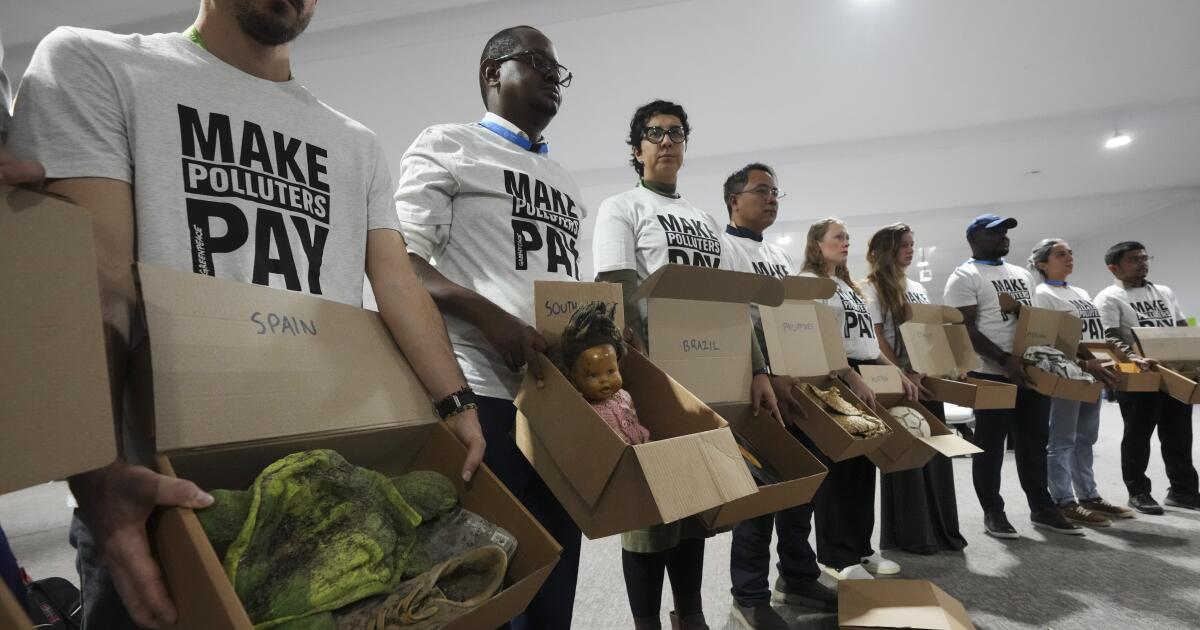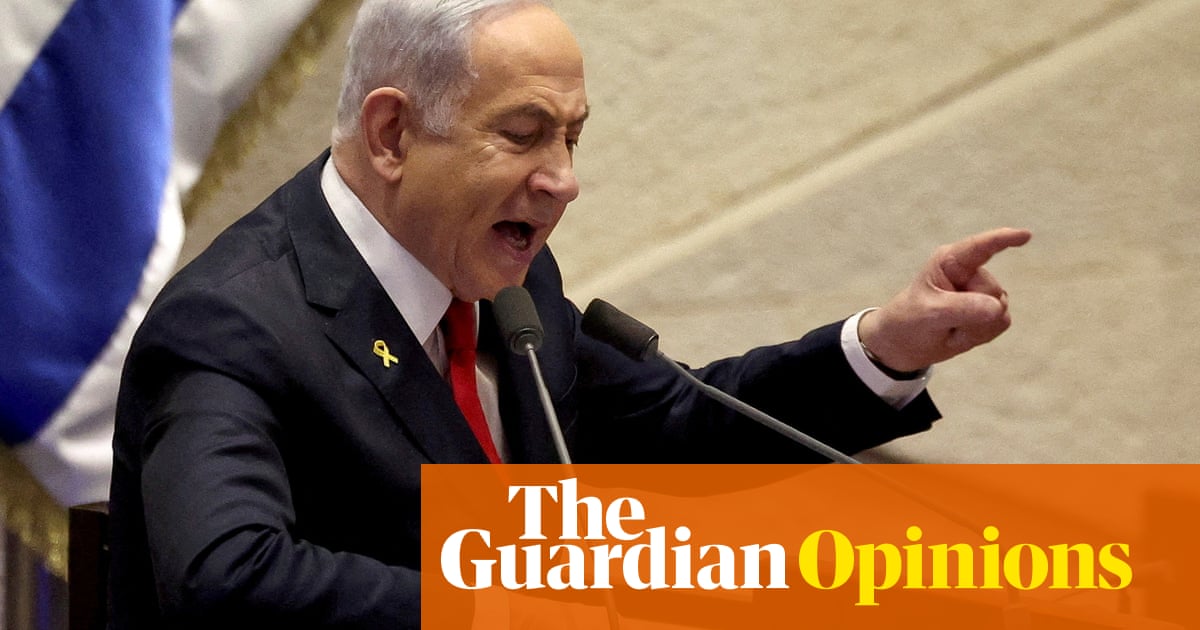President Trump once called tariffs "the most beautiful word in the dictionary." During his first term, he didn’t shy away from imposing significant tariffs and vowed to introduce more in his second term. Immediately upon his return to the White House in January, he instructed his cabinet to prepare for even more tariffs through an executive order.
His aggressive approach in the first 50 days of his second term has unsettled diplomatic relations, sent ripples through markets, and baffled various industries. However, just as noteworthy has been Trump’s unpredictable handling of these tariffs, as he frequently paused, reversed, or withdrew them shortly after their announcement.
Let’s walk through President Trump’s evolving, and often erratic, tariff initiatives, which recently included the possibility of a staggering 200 percent levy on alcohol imports from the European Union.
Jan. 20 – Canada and Mexico
Just hours after being sworn in, Trump declared he would enforce additional 25 percent tariffs on Canadian and Mexican imports starting February 1. His reasoning? Both nations weren’t doing enough to curb the flow of drugs and migrants into the U.S.
Jan. 26 – Colombia
In a move that caught many off guard—even within his team—Trump took to social media to announce immediate 25 percent tariffs on all Colombian goods, threatening to double them in a week. This was in reaction to Colombia turning back planes with deported immigrants. Colombian President Gustavo Petro initially threatened retaliation but quickly stepped back, as did Trump, after an agreement was reportedly reached.
Feb. 1 – Canada, Mexico, and China
Trump signed an executive order to impose 25 percent tariffs on nearly all goods from Canada and Mexico and 10 percent on Chinese products. These measures were backed by his concerns over illegal immigration and fentanyl smuggling. In retaliation, Canada and Mexico pledged to enforce counter-tariffs, with China following suit.
Feb. 2 – Global
Facing backlash over his tariff plans and their economic impact, Trump addressed the potential fallout on social media, admitting, “WILL THERE BE SOME PAIN? YES, MAYBE (AND MAYBE NOT!)."
Feb. 3 – Canada, Mexico, and the EU
Trump announced a 30-day suspension of tariffs on Canada and Mexico but simultaneously warned the European Union of new impending tariffs.
Feb. 4 – China
Trump’s 10 percent tariff on Chinese goods took effect, leading China to counter with more tariffs on U.S. products.
Feb. 7 – Global
Trump planned to expand his trade conflicts by introducing new tariffs globally but refrained from naming the specific countries involved.
Feb. 10 – Global
Revisiting a previous conflict, Trump reinstated a 25 percent tariff on all foreign steel and aluminum.
Feb. 13 – Global
Trump outlined a plan for extensive reciprocal tariffs aimed at encouraging manufacturers to return to America, hinting at a substantial revamp of international trade.
Feb. 14 – Global
Trump announced plans to impose tariffs on foreign cars by April 2, though noting April 1, he deferred the announcement because of a personal superstition associated with April Fools’ Day.
Feb. 25 – Global
Trump tasked Commerce Secretary Howard Lutnick with investigating whether foreign copper production risked U.S. national security—a step towards new tariffs on copper, though details remained vague.
Feb. 27 – Canada, Mexico, and China
Holding firm, Trump confirmed that tariffs against Canada, Mexico, and an additional tariff on China would begin on March 4. He claimed, somewhat controversially, that drug smuggling from these countries necessitated this action.
March 1 – Canada
Trump ordered Lutnick to explore if lumber imports endangered national security, signaling potential tariffs on Canada, America’s chief wood supplier.
March 4 – Canada, Mexico, and China
As planned, tariffs on imports from Canada, Mexico, and China rolled out. Canada’s Prime Minister Justin Trudeau announced counter-tariffs on U.S. goods worth $155 billion.
March 5 – Canada and Mexico
Conceding to pressure from the auto industry, Trump announced a one-month suspension on Canadian and Mexican car tariffs after discussions with major automakers.
March 6 – Canada and Mexico
Echoing his first term, many tariffs on Canadian and Mexican goods were suspended. Despite market turmoil, Trump pursued his steel and aluminum tariffs for March 12 and maintained the schedule for broader reciprocal tariffs in April.
March 10 – China and Canada
China retaliated with tariffs on U.S. agriculture, while Ontario, Canada, imposed surcharges on electricity exports to the U.S. states.
March 11 – Canada
Reacting to Ontario’s tariffs, Trump threatened to double tariffs on Canadian metals but backed down after Ontario suspended its surcharge.
March 12 – Canada and EU
The EU and Canada declared significant retaliatory tariffs on U.S. products but delayed their enforcement, signaling a willingness to negotiate with Trump.
March 13 – EU
Amid threats from the EU to impose hefty tariffs on U.S. whiskey, Trump proposed an unprecedented 200 percent tariff on all alcoholic beverages from the EU, setting the stage for intense trade negotiations.


















